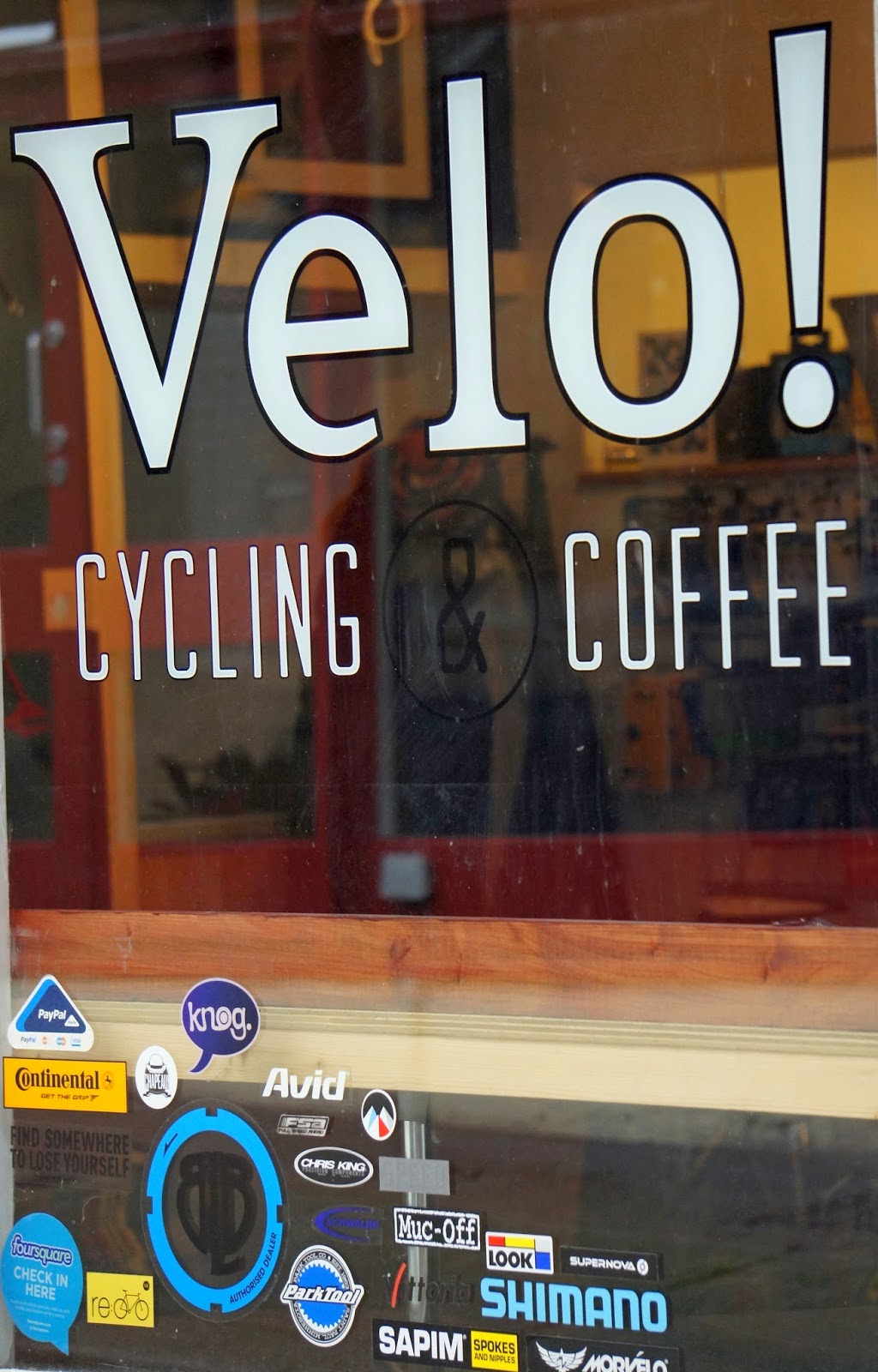Cyclo cross’s renewed popularity over the past decade, has given rise to a more civilian sub genre with additional bottle mounts, carrier fittings mudguard/eyelets. Gearing has also been tweaked to cover most bases, including the occasional, muddy race.
My ‘cross bikes are of the more traditional flavour, although I’m very fond of the gravel/adventure bike concept such as Genesis Croix De Fer. This; coupled with some recent mixed terrain blasting and John Moss’s recent Mango revisions got me thinking about my tubby tourer’s gear range.
Having plumped for 11-32 Tiagra cassettes last time round, the 22 tooth inner ring is pretty much redundant. Even hauling a trailer full of kit along forest trails and unlit roads. 44 and 32 teeth provides ample bombing, cruising and winching prowess.
Given the mix of road and mtb drivetrain, persuading its STX mech to behave impeccably across the range; let alone year round has always been a chore. Pleased to report its much happier skipping between a 44 and 32. Super crisp shifting and I’ve saved a few precious grams.Removal proved very straightforward and cost nothing; aside from ten minutes and a few turns of the front mech’s adjuster screw to restrict travel.
Pruning triples comes in and out of fashion. The late 80’s mtb explosion saw many experienced riders removing the big ring on their protégé’s bikes to prevent knee damage, especially in grass roots competition.
This concept was later advocated by some sections of the British mtb press in 1990/91 and one I embraced. Off came my trail hack’s biggest bio-pace, the middle and granny rings rotated for improved pedaling efficiency.
Ironic, given Bio-pace and its procession of elliptical imitators supposedly dismissed the dreaded dead-spot. We all slowly reverted to round; bio-pace, bio-strong et al became the stuff of ridicule and bike shop bargain bins.
Fast forward a few years and the dispatch mob were charging through the capital on mtbs with skinny slicks, single rings and closely spaced cassettes...
Talking of which, the 90s weren’t all about dodgy concepts and race frames passed off as trainers. One of my small but significant favourites was Kona’s spatter effect colour schemes, which meant riders could unobtrusively retouch those inevitable chips and scratches accumulated on the trail. Any enamel paint (or nail varnish) would do and over time, became a unique, customised pattern-no more fretting about precise matches.
Said strip was performed almost exclusively using The Full Windsor’s Breaker multi tool and captured relatively late in the evening, on a Sony Cybershot WX350.
I acquired this long zoom point n’ shoot primarily for capturing impromptu stuff while out riding; aside from the slightly pedestrian write to card speeds (common to most compact and bridge models) overall image quality; especially in lower light is surprisingly good.
Most chain breakers are fairly effective for occasional tweaks-I used a Specialized EMT around the workshop for several years before the pin and spreader slots eventually crumbled. However, the breaker puts this function and sheer leverage first.
It’s made from high quality loss cast and heat-treated stainless steel. Loss cast refers to a very old fashioned, though extremely precise manufacturing process where molten metal is poured into a wax mould.
Seven inches long and complete with a retro-looking leather pouch, designed to be hung from the saddle rails, top tube, or stem. There’s breathing space in here for tube and some mini pumps for a clutter-free effect.
Plug in 3,4,5,6 and 8mm Allen keys, T25 torx, spoke wrench, bottle opener and an extension bar for improved leverage sit in a terrace made from recycled butyl. Last but by no means least; a Phillips for taming those temperamental mechs, cantilever balance screws and sloppy brackets.
Racers needing to make very slight, split second tweaks will prefer the quick draw, flip-out simplicity of folding tools. However, that additional torque is welcomed on day rides and rough stuff/touring where efficiency trumps convenience.
Fettling also proved an excellent opportunity degrease the LX rings, purge some oily frame preserve and add a colour coat to the Univega’s previously primed chainstay chip. Now, you’ll have to excuse me; sounds like the courier has brought us some free parable goodies from Cycle miles www.cyclemiles.co.uk for review in Seven Day Cyclist. (www.sevendaycyclist.com)



























